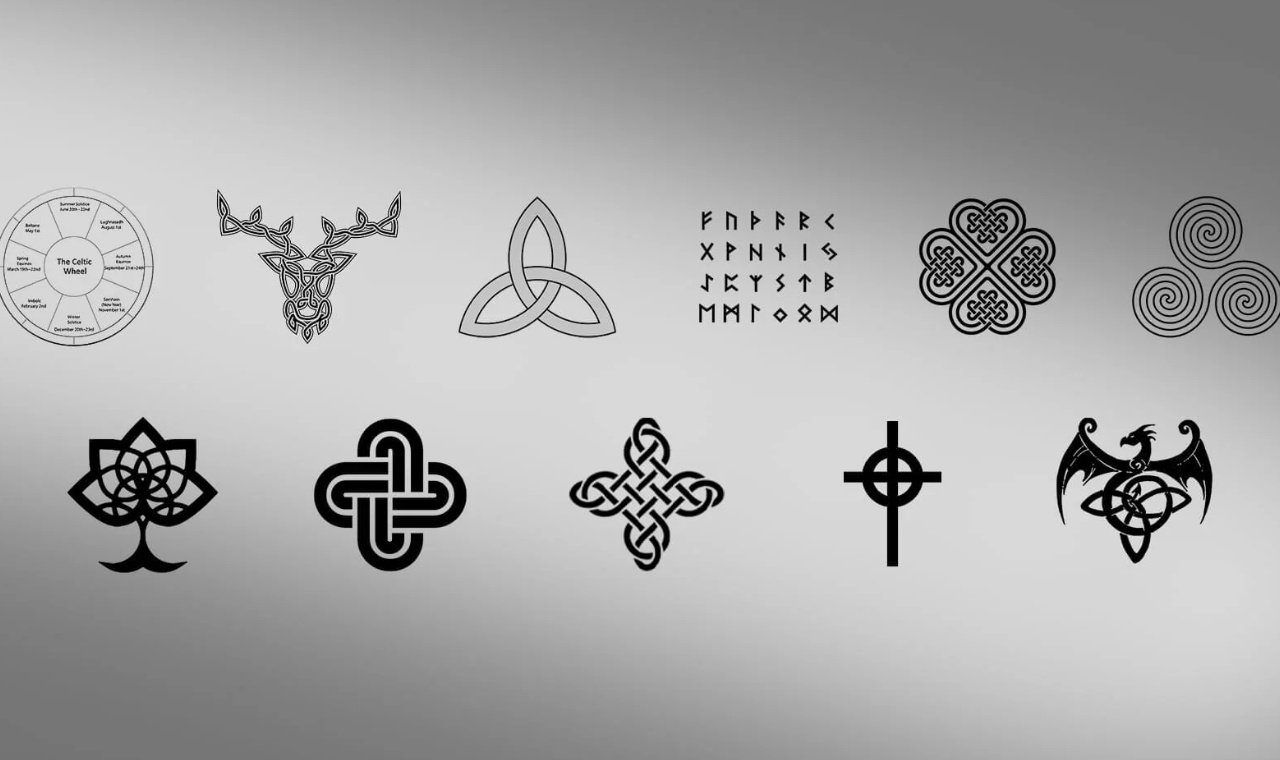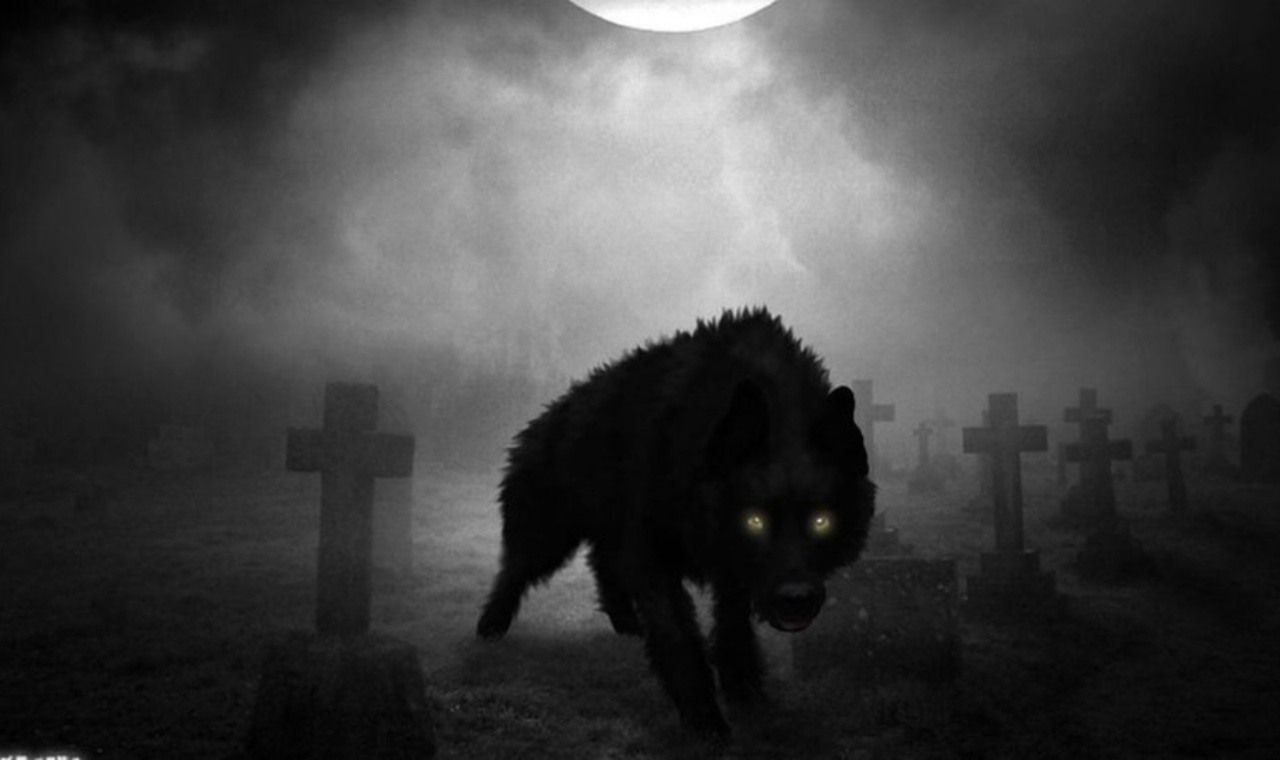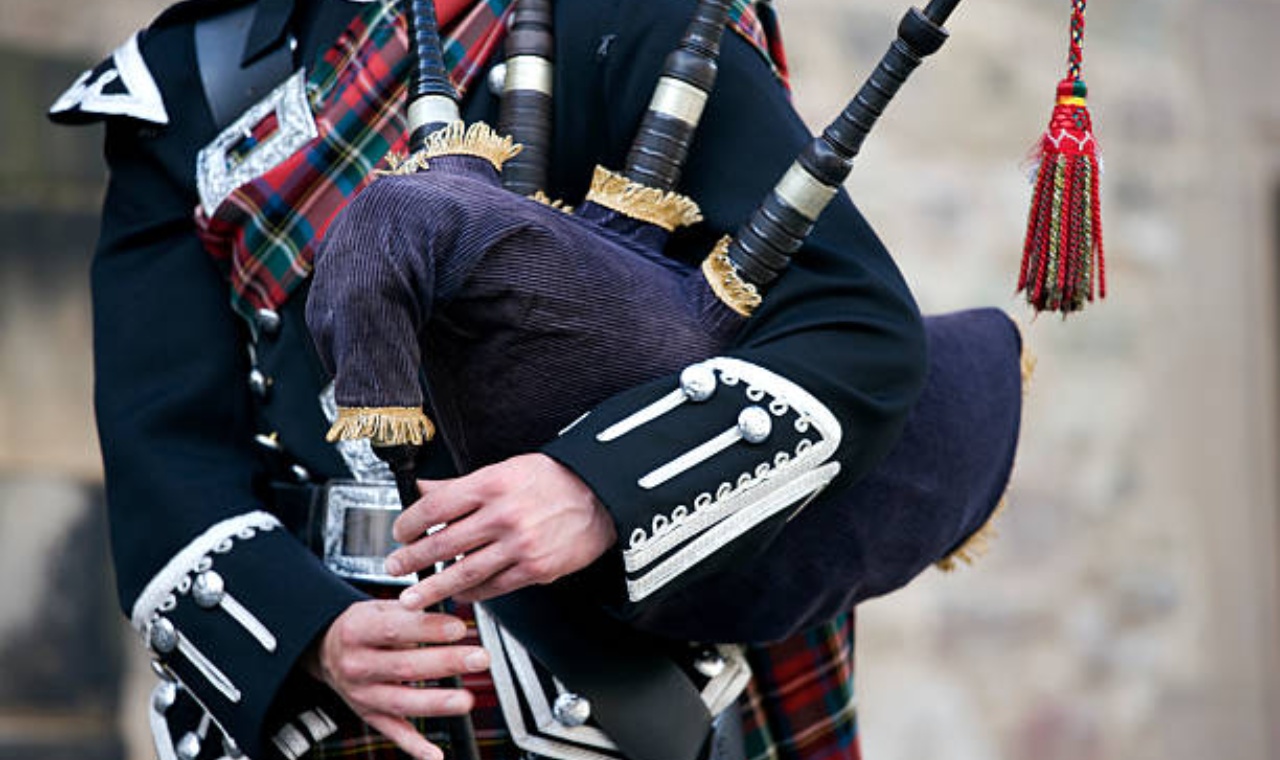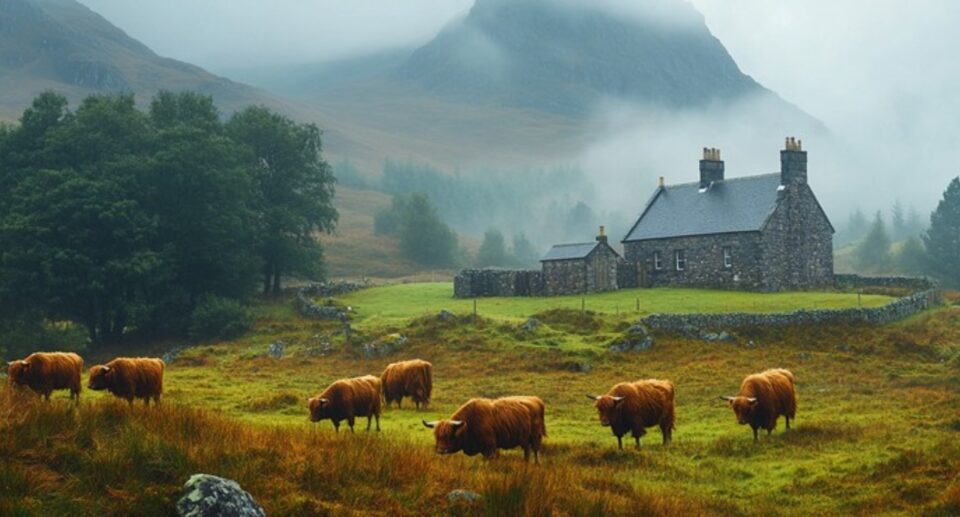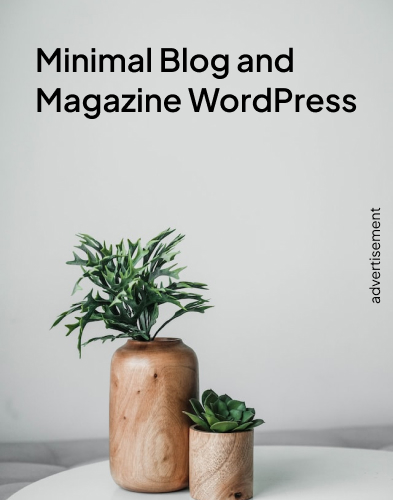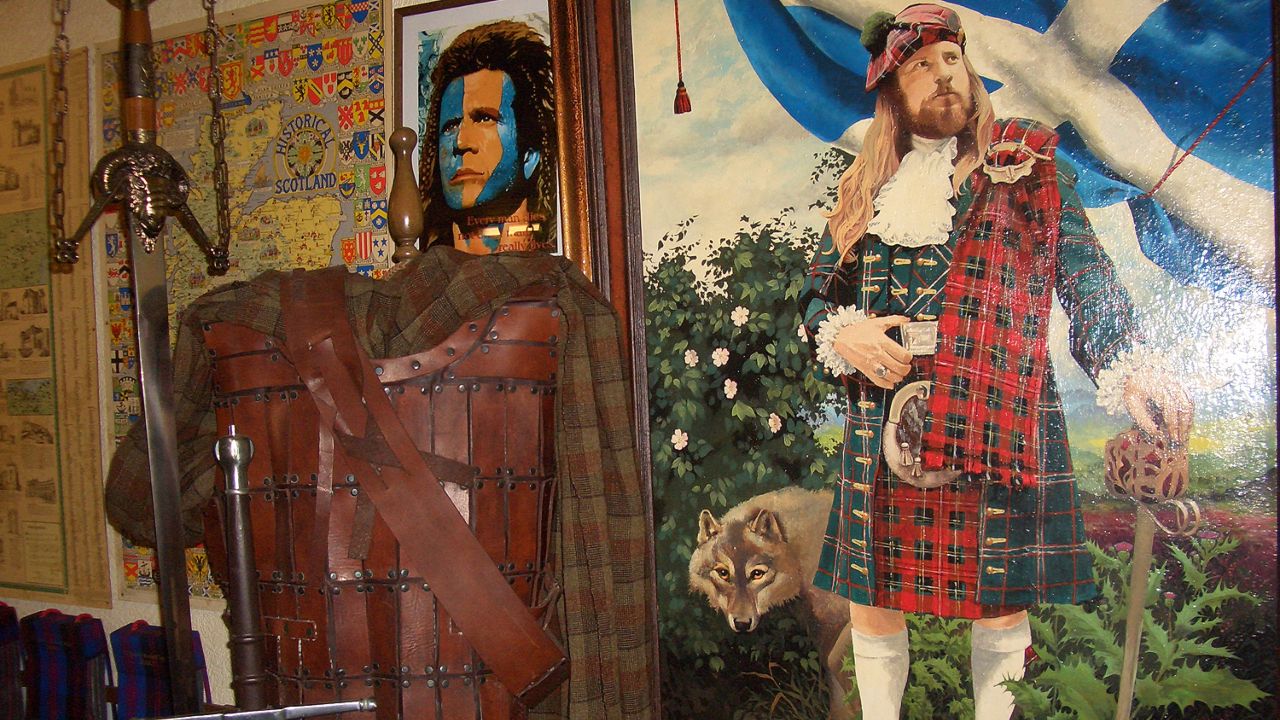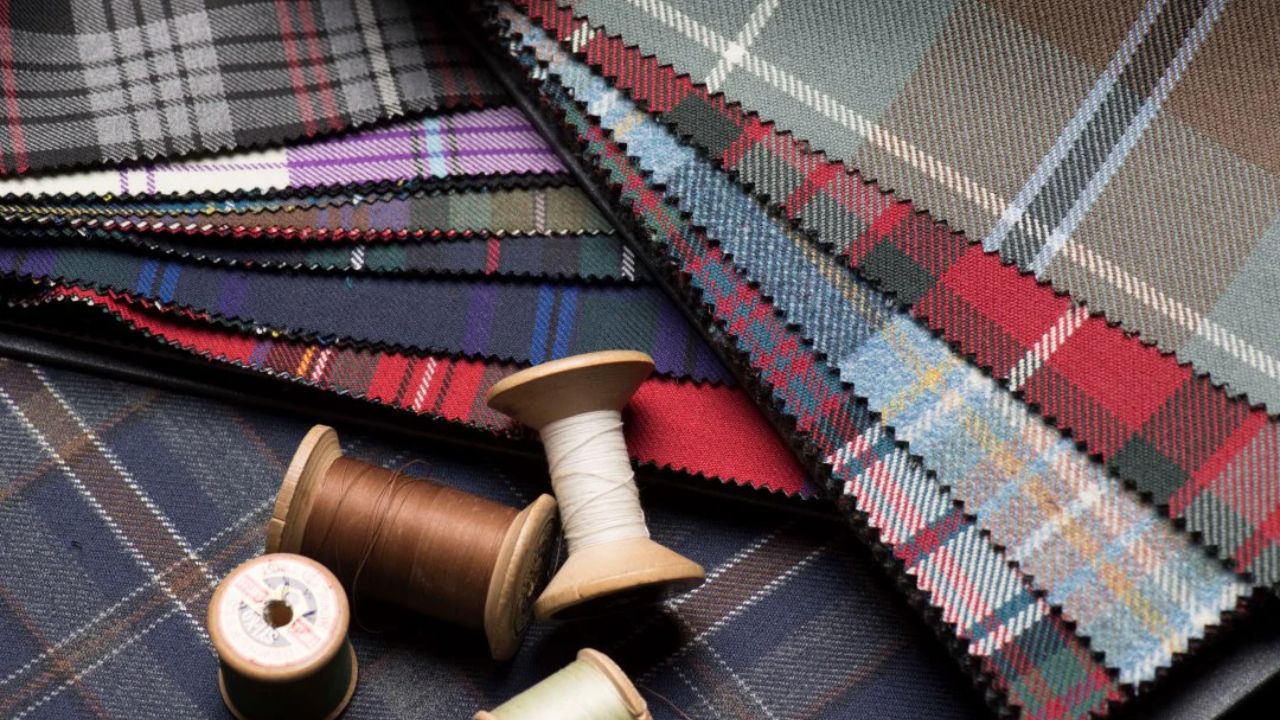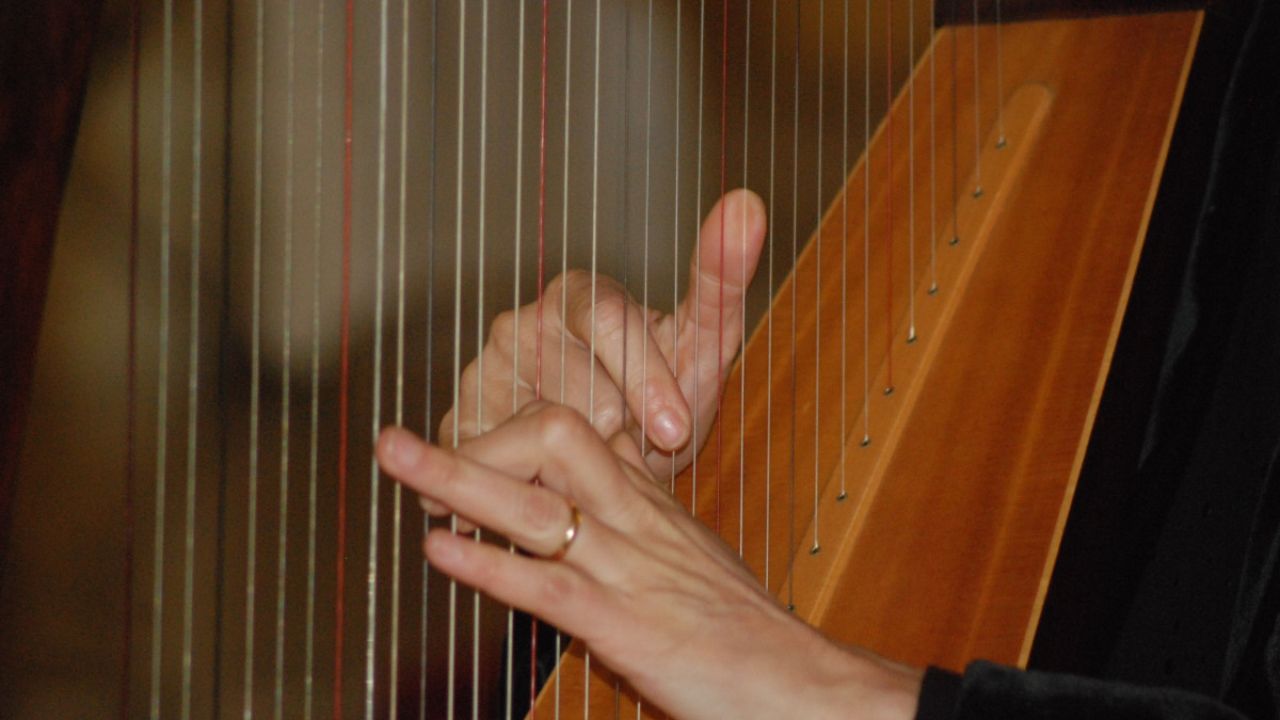Celtic Moon Symbols: Meanings, Myths, and Ancient Beliefs
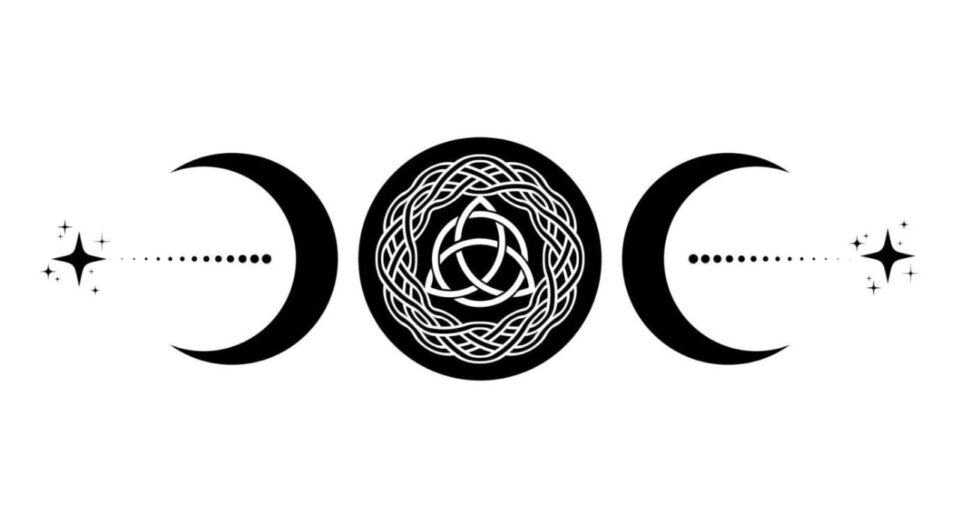
The Celts looked up at the night sky and read it like a living storybook. The moon guided travel, marked time, fueled folklore, and linked people to powerful goddesses who shaped life itself. Celtic moon symbols still carry magic today, offering a glimpse into how ancient Celts understood balance, fate, and renewal.
Explore more Celtic topics on our blog
The Moon in Celtic Mythology
Moonlight carried sacred power across Ireland and Scotland. Celtic beliefs framed the moon as a keeper of cycles: birth, death, and rebirth. Stories of gods and goddesses often aligned with lunar phases.
The Celtic sun god Lugh stood as a bright counterpart to the moon’s quieter wisdom.
Link: https://celtguide.com/celtic-sun-god-lugh/
This balance between sun and moon shaped rituals, farming, and daily decisions.
Moon Phases and Their Celtic Symbolism
The Celts tracked the lunar cycle closely. Each phase symbolized a spiritual moment.
New Moon: Beginnings
New intentions, new journeys. A time for cleansing and planting both literal and emotional seeds.
Waxing Moon: Growth
Strength builds. Warriors trained. Families planned major decisions.
Full Moon: Power and Revelation
Ceremonies took place under its brightest watch. It marked truth, fertility, and protection.
Waning Moon: Reflection
Release and preparation for change. Let go of what slows the soul.
The phases reflect the Celtic love for natural cycles. Similar reverence appears in Celtic stone carvings where spirals mirror the moon’s path.
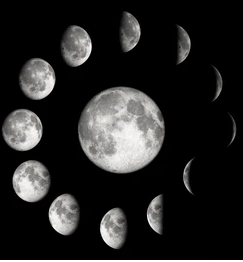
Celtic Moon Goddesses
Three divine figures rise most often in Celtic mythology.
Cerridwen: Keeper of Transformation
Her cauldron brewed knowledge and rebirth. She ruled inspiration and inner magic.
Related reading: Cauldron of Dagda
Áine: Queen of Summer Night
Linked to fertility and sovereignty. Many believed she danced in moonlit fields.
Rhiannon: The Mysterious Rider
Known in Welsh legend. Her horse symbolized the journey between worlds.
Celtic goddesses often appear alongside the Sacred Tree, another lunar-linked symbol of cycles.
Check: https://celtguide.com/celtic-oak-tree/
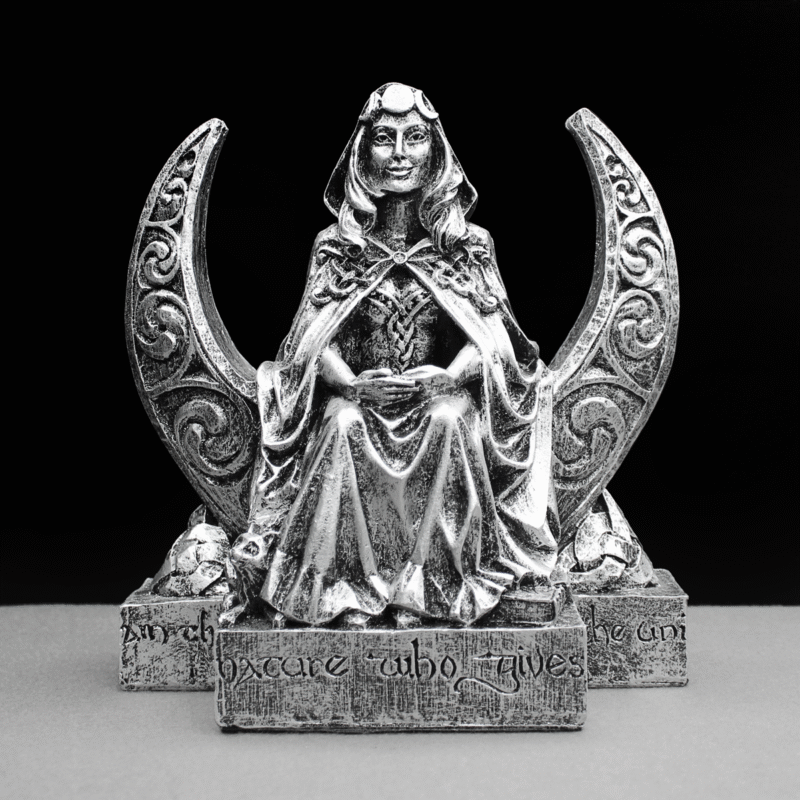
Moon Symbols in Celtic Knots and Art
Celtic artists gave the moon elegant shapes that still appear in jewelry and tattoos.
Common designs include:
• Crescent moon knots for protection
• Triple moon forms for maiden, mother, and crone cycles
• Moon paired with animals like wolves and horses symbolizing guardianship
The Celts expressed identity through pattern work, much like the use of tartan symbols.
Lunar Festivals and Celtic Life
Many Celtic gatherings aligned with the moon. Farmers planted under waxing phases and harvested during waning ones. Storytellers used long evenings to share legends that survived centuries.
Related: Why Irish people are natural storytellers
The moon shaped social rhythms as much as agriculture.
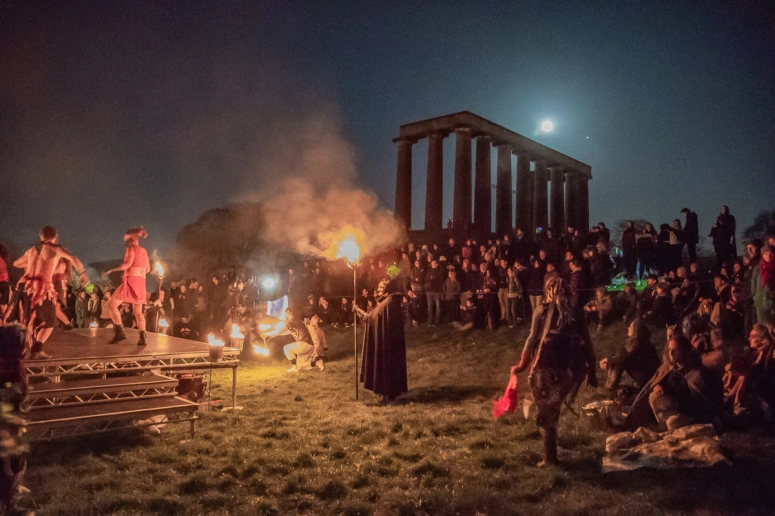
The Moon’s Legacy in Celtic Spirituality
Modern Celtic practitioners still look to the moon for:
• Goal setting
• Seasonal marking
• Ritual and prayer
• Personal transformation
The moon remains a living symbol rather than a relic. It links modern Celts with ancestors who also stood under starry skies full of possibility.
Final Thoughts
The moon guided the Celts with a wisdom that never dimmed. Its symbols remind us of cycles that carry us through growth and rest, struggle and renewal. Next time the moon rises bright, imagine those ancient watchers who saw their future written in silver light.
Dive into more Celtic magic in our Mythology & Folklore category:
https://celtguide.com/category/mythology-folklore/

